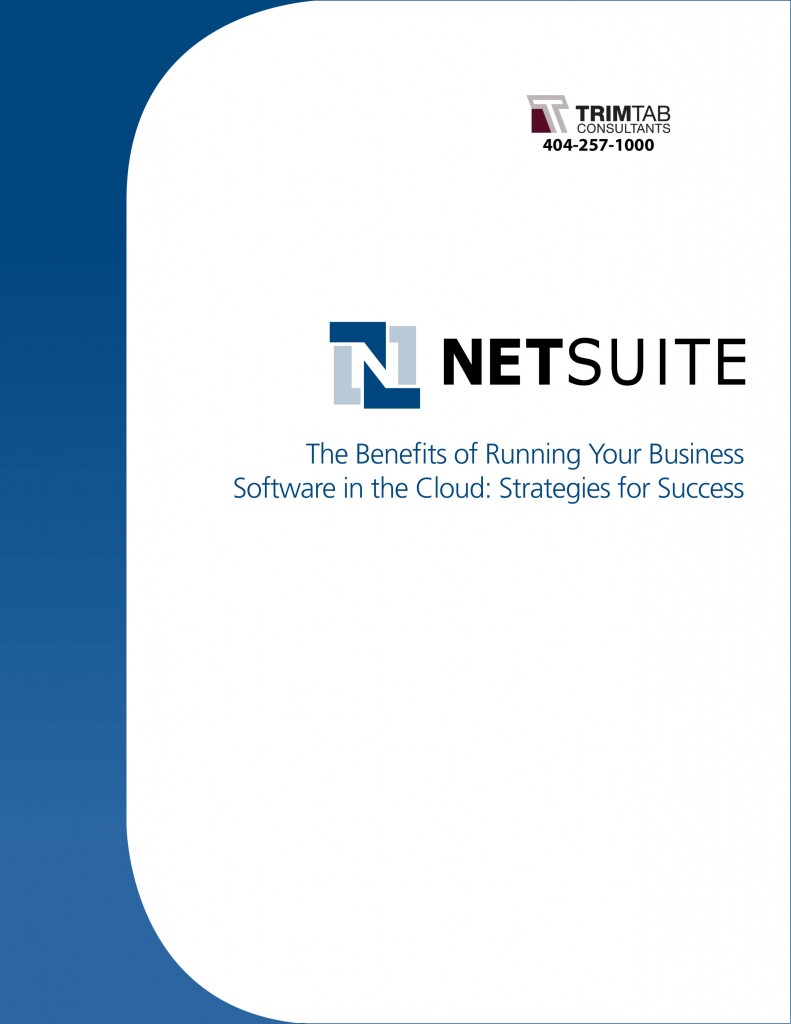Introduction
With the economic recession behind us, markets are poised for growth yet again. As fast-growing companies achieve greater market penetration and gain more customers, they face the challenge and opportunity of expanding to new locations and efficiently growing their business. They must be able to effectively manage their sales teams and channels and improve back-office efficiency, while ensuring high levels of service for customers.
To take advantage of these opportunities, companies need to assess whether their existing business applications footprint for accounting, sales, service and other functions will effectively support the growth of the business. Many businesses that started out with ad hoc, standalone applications will determine they need to upgrade to a more flexible platform to support continued growth.
Cloud computing is a compelling option for many small and mid-sized businesses (SMBs), as well as larger enterprises, as it offers low cost of entry and ownership and faster time to market compared to traditional on-premise business software and servers. According to IDC, software-as-a-service (SaaS) solutions are set to grow six times faster than all software, and they’re expected to show compound annual growth (CAGR) of around 26 percent through to 2014 .
Organizations that opt for a cloud strategy face an additional consideration—whether to use individual cloud systems for key processes such as finance, CRM and ecommerce, or use an integrated suite that covers those functions and more. It’s important to recognize that while the cloud model resolves many problems of on-premise software, cloud applications as standalone silos can introduce inefficiencies, integration challenges and IT and administrative overhead of their own.

